When Alissa Cohen was first diagnosed with fibromyalgia, she was a vegetarian—not eating meat, fish or poultry. Despite her diet, she was prone to illness, and her arthritis-like symptoms prevailed. At the time, she worked in a health food store, where she began to take note of two regular customers—a mom and her child. “I noticed that they were never sick, not even a sniffle,” says Cohen.
What was their secret to good health? A raw diet, Cohen learned. She was intrigued. “I didn’t think people could survive on a raw diet, but whenever I ate that way I felt better,” she explains. She began eating raw for extended periods of time—a week at first, followed by a month. “I saw miraculous results both in weight loss and healing.” That was almost 30 years ago.
With the aches and pains of fibromyalgia gone, the author of Living on Live Food (Cohen, 2004), stuck with the diet and began teaching classes on how to follow a raw food regimen. Her clientele, she says, tends to be older people—people experiencing illness—or the younger generation who are curious about this new fad. Cohen’s elevator pitch? “Imagine eating banana cream pie for breakfast, pizza for lunch, and enchiladas for dinner and not weighing yourself. It’s not about deprivation. You can eat incredible food and experience weight loss and feel younger, more vibrant and healthy.”
 WHAT IS A RAW DIET?
WHAT IS A RAW DIET?
“The diet itself is very light, clean and vibrant,” says Daniel Asher, culinary director and chef at Root Down in Denver, Colorado, which serves a four-course raw menu the first Tuesday of every month. Asher himself has been a raw foodist, a vegan and a vegetarian. “A raw diet is a great way to make vegetables the center of the meal,” he says.
That’s putting it mildly. With a raw food diet, vegetables pretty much are the meal. Beyond the veggies, you can eat fruits, nuts and seeds, some grains, herbs and spices, seaweed, and sprouted beans. For the most part, a raw food diet is seasonal and plant based, but some “raw foodies” will include unpasteurized dairy products, raw eggs and raw meat such as carpaccio or sashimi in their diets.
Although it sounds limited, Asher, like Cohen, has found there to be more variety than one would expect. That is, if you’re willing to take time to engage some different cooking practices. “The processes used usually involve some sort of low-temperature dehydration, fermentation or marination. All of these great processes inevitably lend to a lightness of food,” says Asher.
He gives the example of making a raw flaxseed flatbread-style pizza, topped with pureed heirloom tomatoes, vegetables, tamari, ginger, a drizzle of balsamic vinegar and whipped cashew cheese. “It’s incredible— think of all of the notes that you would get in a high-fat, cooked pizza with tomato sauce, cheese and pepperoni. With this raw pizza you can get that same reaction from the palate, but you haven’t compromised flavor. And you feel good because your body is energized. You feel like going for a hike for a few hours, and you’re engaged. If you ate the normal pizza and drank a Pepsi, you’d want to take a nap.”
SO WHAT’S NOT TO LIKE?
One of the key tenets of a raw diet is that foods cannot be cooked or heated above 115–118 degrees Fahrenheit. The thinking behind this is that cooking at higher temperatures breaks down a food’s enzymes, eliminating many of its nutritional benefits in the process. Advocates of a raw food regimen tend to believe the American diet is too meat focused, and that processed foods and chemicals are leading to a decline in our health. As Asher notes, “If more people made vegetables the center of the plate more frequently, we would probably have a better-balanced food system and healthier agriculture system.”
Although many nutritionists are advocating that the American population should eat less meat, there is no hard science to date to back the benefits of a raw diet or to verify that food loses its nutritional value when it is cooked. “Raw foodies say cooking food destroys the nutrients. No, that is not the case,” says Karen Dolins, R.D., a nutritionist and exercise physiologist, as well as an adjunct associate professor in the Department of Health and Behavior Studies at Teachers College, Columbia University. “This is a personal belief; there is no science or research behind it.”
More precisely, some vitamins are destroyed by heat but minerals are not, Dolins explains. “[But] when the nutrient content of foods is assessed by the USDA, that loss is taken into account, so there is a buffer there.” Cooking can release some nutrients from food, but it can also make it easier for our bodies to absorb nutrients from food, she says. “Now, if you take a nice head of broccoli and you let it sit in the pot cooking for half an hour, you will destroy its nutritional value. But if you steam it lightly for three minutes, you lose very little.”
While Dolins may discredit the premise of a raw diet, she doesn’t dismiss the good feeling people say they have on a raw diet. “When we cut sugars or processed foods out, we feel better. It usually has to do with what they are no longer eating that was causing inflammation. Sugar, red meat, a lot of processed meat can cause inflammation. But it doesn’t mean everything you eat has to be raw.”
The diet’s popularity, she says, likely has to do with offering a very defined alternative to processed foods. “People have a hard time modifying their diets. They often do better when it’s black and white—that’s the appeal. It is somehow easier if I say, ‘Everything I eat will be in a raw state so I will avoid processed food.’ ”
Dolins believes that we should eat fewer processed and animal-based foods, and more fresh, plant-based foods. But, she says, “The more rigid one is about the diet, the more one develops a less healthful relationship with food. Too many rules and regulations are not healthy.”
BLACK & WHITE
The rigidity of the raw diet can make it hard to sustain. Although it seems simple in nature, it can be very time consuming to prepare raw foods, especially if you want the kind of variety Asher enjoys. This is the challenge he faces as a raw food chef. “It requires a lot of prep. To do a dehydrated eggplant or flaxseed crackers, it takes 14 hours of dehydrating. It’s not the kind of a thing you decide on a whim. You need to start a raw vegan lasagna 48 hours ahead of time.”
Longtime best-selling raw food author Ani Phyo finds herself agreeing with Dolins. She notes that when you eliminate the toxins, nutritional stress and hard work, your digestive system has to endure with processed foods, you have more energy and can be stronger to take on more environmental or emotional stress. “It’s a powerful and very clean diet. It can give you that boost of immunity, health or mental clarity.” But for her personal purposes, Phyo has moved away from an exclusively raw diet.
As a Southern California powerlifting champion, Phyo says raw food still is her base philosophy, but over time she has gone from following a 100 percent raw diet, to about a 70/30 mix of raw and cooked foods, with some eggs or meat for protein. She still focuses on nonprocessed, clean and fresh ingredients, but she might sauté her veggies or cook an egg.
“Not everyone needs a lot of protein. I need a lot because I’m an athlete. We need it to keep from injuring ourselves. But to get 24 grams of protein from nuts, you have to eat a lot, which is a lot of calories. If someone has a weight issue, they won’t be able to eat enough nuts.” To stay within her powerlifting weight class, Phyo turned to using raw protein powders, but she said protein powders are still processed, and they can be hard on your digestive system. She decided she would prefer to eat clean and lean proteins such as eggs or bison.
“Everyone is different. There are definitely people who have been 100 percent raw for decades. I am starting to position it as a great detox tool for a couple of weeks, to eliminate the dairy and processed food. It’s wonderful for that.”
A WEEK, A MONTH, A YEAR
These sentiments are not lost on Cohen. She knows raw food is not a sustainable diet for everyone. Still, she recommends trying the diet at least for a short period of time. Doing so, she says, can bring more awareness to what you eat from day to day. “It can really wake you up to how badly you were eating or what you were missing. Go raw for a month, even if you don’t plan on doing it for the rest of your life. Within a week, you feel like you need less sleep, you have more energy, and when you go back to eating cooked food, you have some sort of a gauge. Sometimes we don’t realize how bad we’re feeling.”
For someone trying it for the first time, Cohen recommends picking a recipe or two to make and keeping it simple. “There is a learning curve, and if you think you need to do breakfast, lunch and dinner gourmet, you’ll get overwhelmed.” She recommends keeping dried products in glass jars in the kitchen, including nuts, seeds and dried fruit. These can be bought in bulk or packaged form.
Cohen says smoothies with greens, fruits and a frozen banana are very easy to make. Or, for breakfast, try soaking raw oats overnight; then in the morning add some coconut oil and sea salt with cinnamon and raisins.
For lunch or dinner, Cohen says she likes to eat “mock salmon,” a pink-colored protein dip that goes well on salads or crackers, or rolled into lettuce leaves. Then for dessert, she makes date nut torte.
Once you get the hang of it, she says, “You can mimic all the things you used to eat.” Try spiral-cut zucchini in place of angel hair pasta, for instance, or use nuts to make cheese. “People think they will never eat their favorite foods. You can. It’s different, but it’s good.”

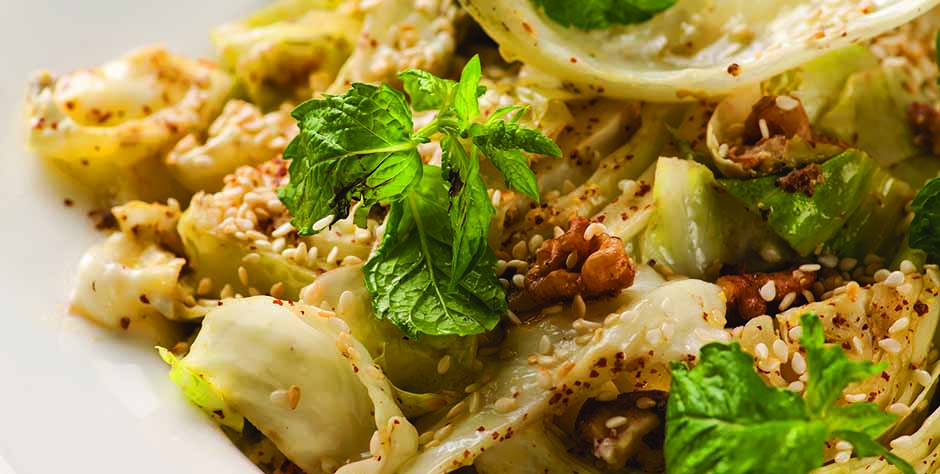
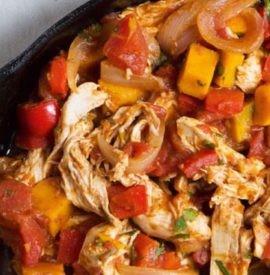
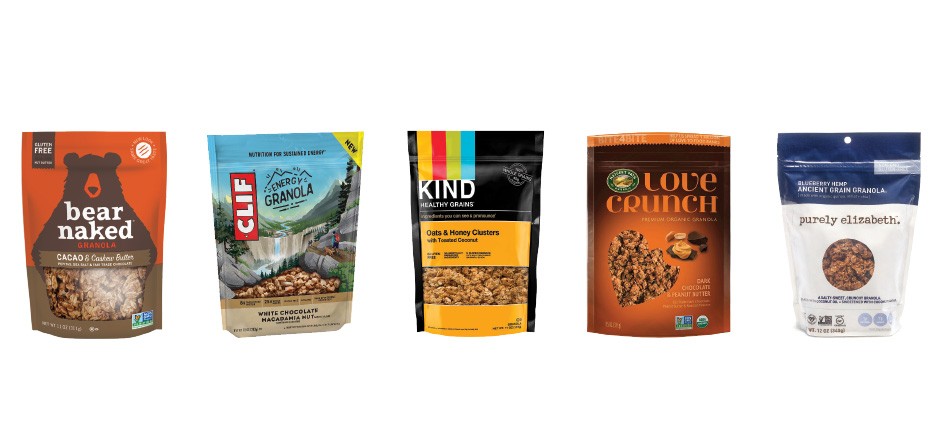

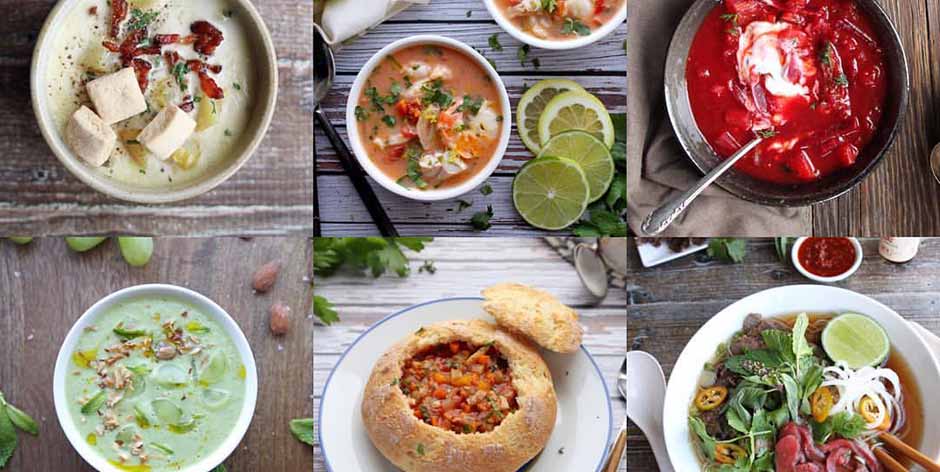


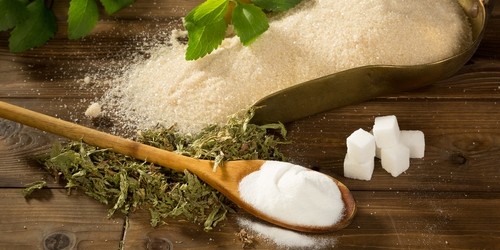

Comments